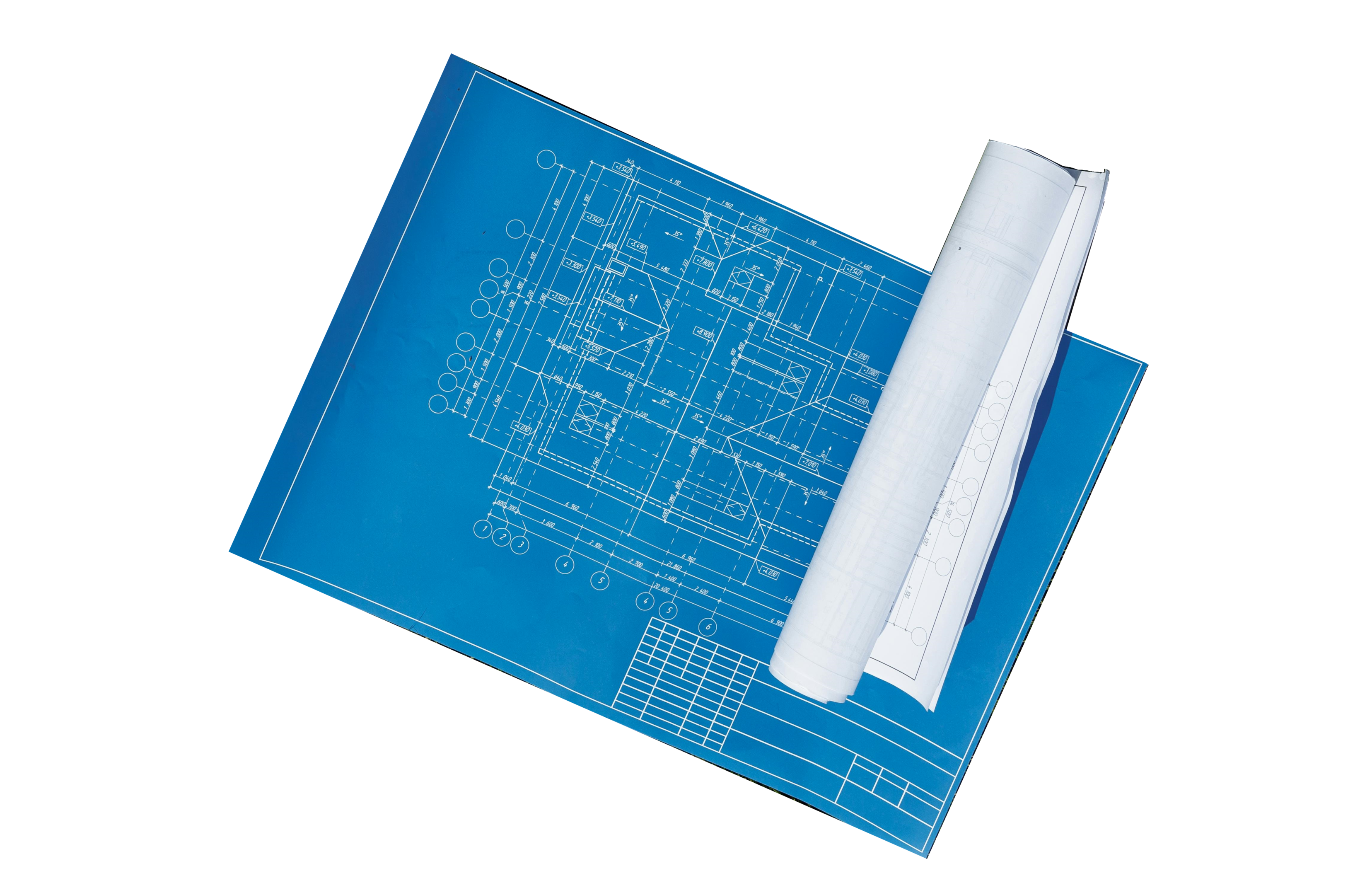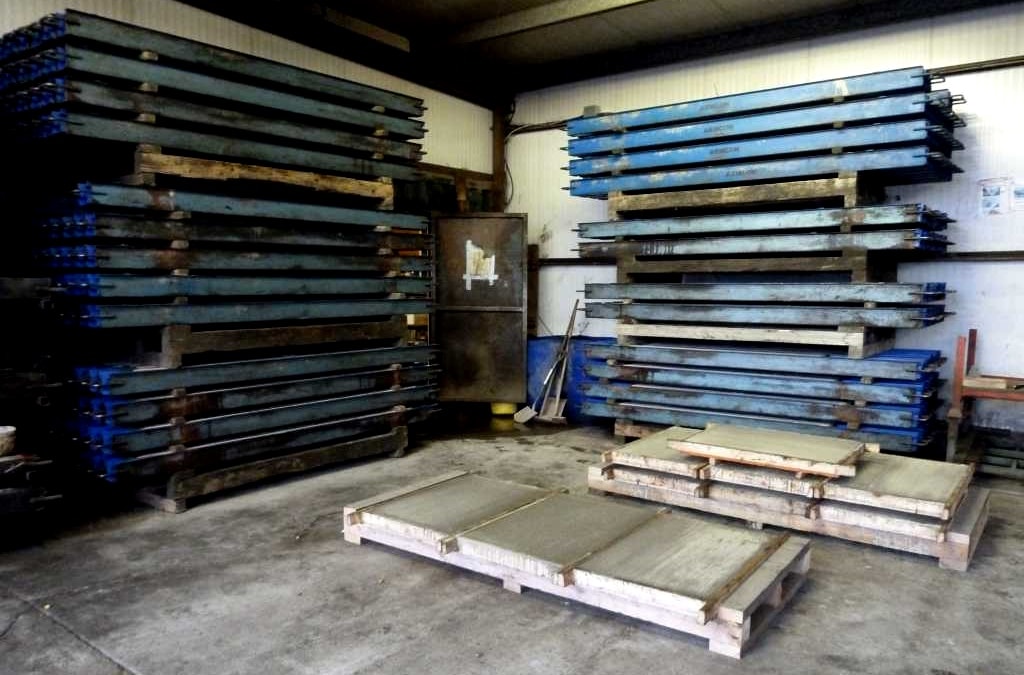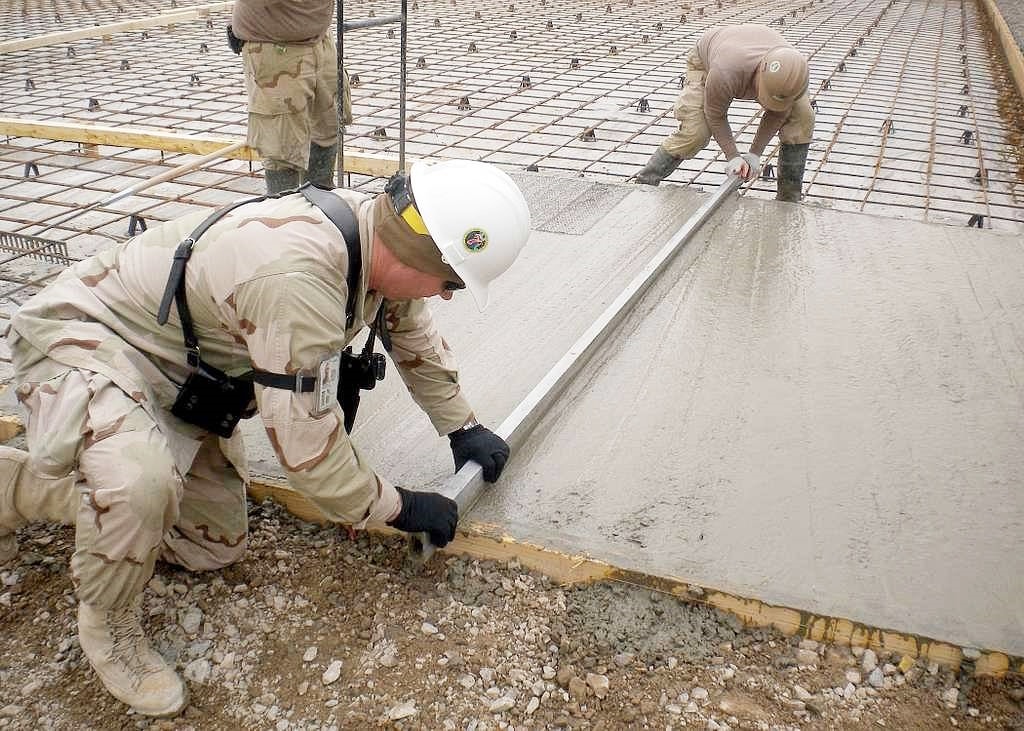In the ever-evolving Architecture, Engineering, and Construction (AEC) industry, the term detailing often operates in the background, overshadowed by more celebrated aspects such as design and construction. However, the critical role of steel detailers, structural engineers, and steel fabricators in shaping the built environment cannot be overstated. From the fabrication shop to drawings to erection drawings, and from individual steel members to large-scale precast elements, the detailing process is pivotal in bridging the gap between architectural vision and structural reality.
The success of any construction project is predicated on detailed plans, meticulous coordination, and flawless execution. Detailing services serve as the cornerstone of this process, transforming design intent into actionable instructions that ensure precision and efficiency. By addressing every aspect, from fabricated steel members to structural concrete, these services minimize errors, optimize resource usage, and guarantee compliance with standards.
Detailers first focus on gathering exact detailing requirements to align with the project’s design needs. This not only reduces construction delays but also ensures that each steel member and precast element contributes to the overall structural strength and durability of the project. In essence, detailing services are indispensable for transforming conceptual designs into tangible structures.

Understanding the Detailing Process in AEC
The detailing process is far more than just manual drafting or the creation of drawings. It involves the preparation of shop drawings, material specifications, and dimensioned plans that guide every aspect of construction, from the fabrication shop to the construction site. Each detail drawing addresses major dimensions, connection details, and placement instructions, ensuring that every component is manufactured and assembled with precision.
The meticulous nature of detailing services is crucial in preventing material waste, reducing rework, and ensuring that buildings can withstand environmental stresses and usage requirements. This process involves close collaboration between structural engineers, steel fabricators, and contractors to ensure that steel members, precast elements, and other components are integrated seamlessly.
Key aspects of the structural steel detailing process include:
- The creation of shop drawings that provide fabricators with detailed instructions for structural steel and precast elements.
- The development of erection drawings that guide on-site assembly and ensure compliance with required dimensions.
- Adherence to industry standards such as AISC, ACI, and Eurocodes to ensure structural integrity.
At BuildTwin, we specialize in connecting clients with expert vendors who excel in steel detailing, precast detailing services, and rebar detailing, delivering precision at every stage of the project.
Phases of Construction and Detailing
The role of detailing services extends across all phases of construction, though it is most prominent during the construction phase. However, detailing often begins during the design stage to identify and resolve potential gaps in the design intent, ensuring a seamless transition from concept to completion on construction site.
| Phase | Duration (weeks) | Description |
|---|---|---|
| Planning & Concept Design | 4-10 (Avg. 7) | Initial concepts, budgeting, and project scope. |
| Detailed Design & Pre-Consent | 6-8 (Avg. 7) | Comprehensive design plans and pre-consent checks. |
| Building Consent | 6-8 (Avg. 7) | Approval of plans and preparations for construction. |
| Construction | 8-52 (Avg. 30) | Actual construction, where detailing is crucial for accuracy. |
| Post-Construction | 1-2 (Avg. 1.5) | Final inspections and handover procedures. |
Consider the construction of the Burj Khalifa, the tallest building in the world. The project relied heavily on steel detailing, precast projects, and rebar detailing to achieve its iconic design and structural stability. The accuracy of the detail drawings ensured that every steel member and individual steel member aligned perfectly with the architectural vision.
The structural steel detailing also involves preparing drawings for critical components like steel members, structural concrete, and precast elements. These plans help address potential challenges, enabling teams to make adjustments early in the project lifecycle and avoid costly delays.
Specialized Detailing Services
Steel Detailing
Steel detailing is a specialized discipline that focuses on the creation of detailed shop drawings, and erection drawings for structural components like beams, columns, and trusses. This ensures that all steel members are fabricated and installed with precision, contributing to the project’s overall structural integrity.
Key Components of Steel Detailing:
- Shop drawings: Provide detailed fabrication instructions for steel fabricators.
- Erection drawings: Guide contractors and steel erectors during the assembly of structural elements.
Discover the intricacies of steel detailing and its impact on construction efficiency. Read More

Steel detailing plays a crucial role in large-scale projects, ensuring that every steel member meets the exact specifications outlined in the design drawings.
Precast Detailing
Precast detailing focuses on creating detailed plans for precast elements like walls, slabs, and columns. These components are manufactured off-site and assembled on-site, reducing labor costs and accelerating construction timelines.
For a deeper dive into precast detailing check out our In-Depth guide to Precast Detailing Services.

Core Aspects of Precast Detailing:
- Precast panel drawings: Include details on size, reinforcement, and connections.
- Connection details: Define how precast components integrate with other structural elements.
- Embedment plans: Specify embedded fixtures like bolts and conduits.
Precast detailing enhances the efficiency of construction by ensuring that every precast element aligns with the project’s structural strength requirements.
Rebar Detailing
Rebar detailing ensures that concrete structures are adequately reinforced to handle stress and load. This involves creating bar bending schedules, placement instructions, and rebar shop drawings that specify the size, placement, and quantity of steel reinforcement.
For more comprehensive information, check out the Guide to Rebar Detailing Services.

Essential Elements of Rebar Detailing:
- Rebar shop drawings: Provide instructions for cutting, bending, and placing rebar.
- Bar bending schedules: Define the dimensions and bending angles required for reinforcement.
- Placement instructions: Ensure that steel reinforcement is positioned correctly to meet the design specifications.
Rebar detailing is critical for maintaining the stability and load-bearing capacity of structural steel and concrete components.
Partner with BuildTwin’s pre-vetted detailing service vendors to ensure precision and efficiency in steel fabrication and installation, no matter the project scale.
Benefits of Detailing Services in Construction
The contributions of detailing services go far beyond creating detail drawings and instructions. They enhance project efficiency, ensure quality, and improve collaboration among teams. Here are the primary benefits:
- Reduces Errors and Rework: Precise detailed plans minimize on-site adjustments, avoiding costly delays and rework.
- Optimizes Material Usage: Accurate calculations for required dimensions and major dimensions reduce waste, particularly for fabricated steel members and precast elements.
- Enhances Structural Integrity: Ensures that every individual member and steel member aligns with the structural design, enhancing the overall stability.
- Improves Collaboration: Facilitates seamless communication between structural engineers, architects, and contractors.
- Speeds Up Construction Timelines: Well-prepared shop drawings and erection drawings ensure that assembly and installation processes are efficient and error-free.
A prime example of these benefits can be seen in the construction of the One World Trade Center in New York. The integration of steel detailing, precast detailing services, and rebar detailing was critical in managing the project’s complexity while ensuring safety and structural stability.
Challenges in the Detailing Process
Despite its many benefits, the detailing process is not without challenges. These include:
- Complex Modern Designs: Unique architectural shapes and intricate designs demand high levels of accuracy in detail drawings and the integration of dimensioned plans.
- Coordination Across Disciplines: Collaboration between steel fabricators, structural engineers, and contractors can lead to miscommunication and challenges, especially when there is little or no information available.
- Technology Integration: The rapid evolution of tools like Tekla Structures, CAD software, and Building Information Modeling (BIM) requires constant learning and adaptation by professionals.
- Regulatory Compliance: Navigating stringent standards like AISC, ACI, and Eurocodes demands meticulous attention to detail to meet safety and quality requirements.
Did you know! The Beijing National Stadium (Bird’s Nest) required expert steel detailing to meet its unique structural demands. Connect with BuildTwin pre-qualified vendors to manage the detailing complexity in your next project.
Standards and Compliance in Detailing
Compliance with national and international standards is utmost important in detailing services, as it ensures each element in the structure – whether steel, concrete, or rebar – meets specifications for safety, load-bearing capacity, and the durability of the structure. These standards helps a designer or detailer to understand the requirements for material properties, structural design, fabrication methods, and construction processes. For example, in steel detailing, the standards like the American Institute of Steel Construction (AISC) and Eurocodes defines the tolerance, connection, and load capacity of the structural elements. Similarly, rebar detailing follows, guidelines from the American Concrete Institute (ACI) and the Concrete Reinforcing Steel Institute (CRSI) for reinforcement placement, bending, and anchorage.
Major standards include:
- American Institute of Steel Construction (AISC)
- American Concrete Institute (ACI)
- Concrete Reinforcing Steel Institute (CRSI)
- British Standards (BS)
- European Standards (Euro Codes)
A compliant detailing service guarantees that structures withstand environmental stresses, meet design specifications, and achieve high-quality results. This is why working with expert vendors like those on BuildTwin, who are well-versed with these standards, makes sure that each project exceeds regulatory expectations and client requirements.
Outsourcing Detailing Services: Benefits and Considerations
Imagine a construction company, pressed for time and require a precise detailing for a major infrastructure project. Their internal resources are stretched, and unexpected delays threaten costs and client satisfaction. We find these scenarios to be more common these days.
So, outsourcing detailing services can significantly streamline the complex construction projects by offering expertise access, cost efficiency, and flexibility. By partnering with specialist detailers/detailing services, businesses can leverage the best practices and latest industry tools, without stretching the in-house team.
- Cost Savings: Reduces overhead costs by outsourcing labor-intensive tasks.
- Access to Expertise: Provides access to skilled professionals proficient in manual drafting and computer-aided drafting.
- Focus on Core Competencies: Frees up internal teams to focus on project strategy and execution.
- Advanced Technology: Outsourced vendors use cutting-edge tools like Tekla Structures to deliver precision and efficiency.
- Scalability: Services can be scaled up or down based on project demands, ensuring optimal resource allocation.
For companies dealing with tight deadlines or resource limitations, outsourcing detailing services provides a reliable solution for delivering projects on time and within budget.
Conclusion
Detailing services are a fundamental aspect of the AEC industry, turning conceptual design drawings, material specifications into actionable blueprints that ensure safety, efficiency, and precision. From steel detailing to precast detailing services and rebar detailing, these processes ensure that every component aligns with exact detailing requirements and adheres to strict industry standards.
By leveraging modern tools, working with skilled professionals, and focusing on compliance, detailing services optimize construction processes and enhance the longevity of structures. Ready to elevate your project? Connect with BuildTwin’s network of expert vendors to experience the transformative power of precision in detailing services.



